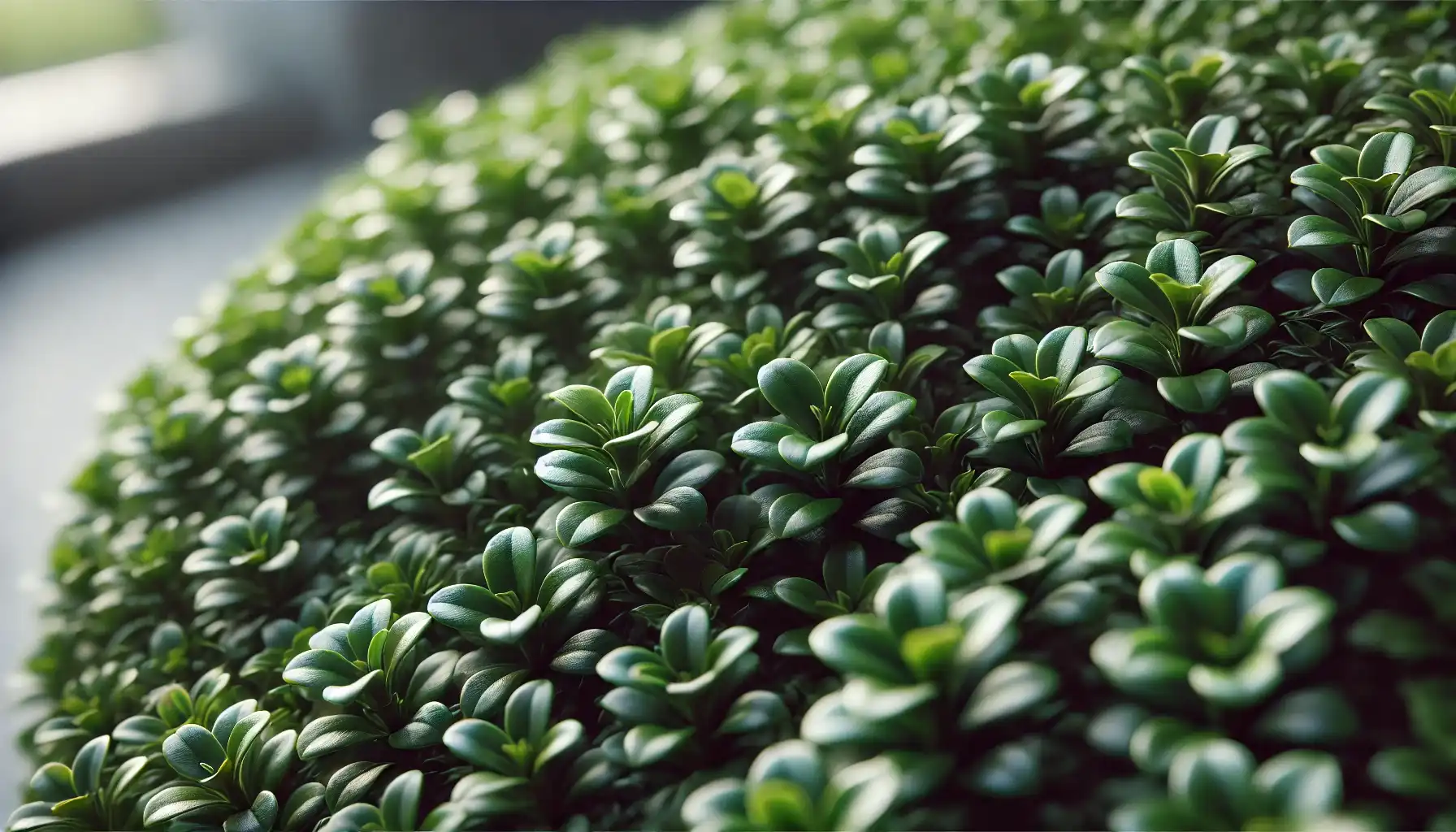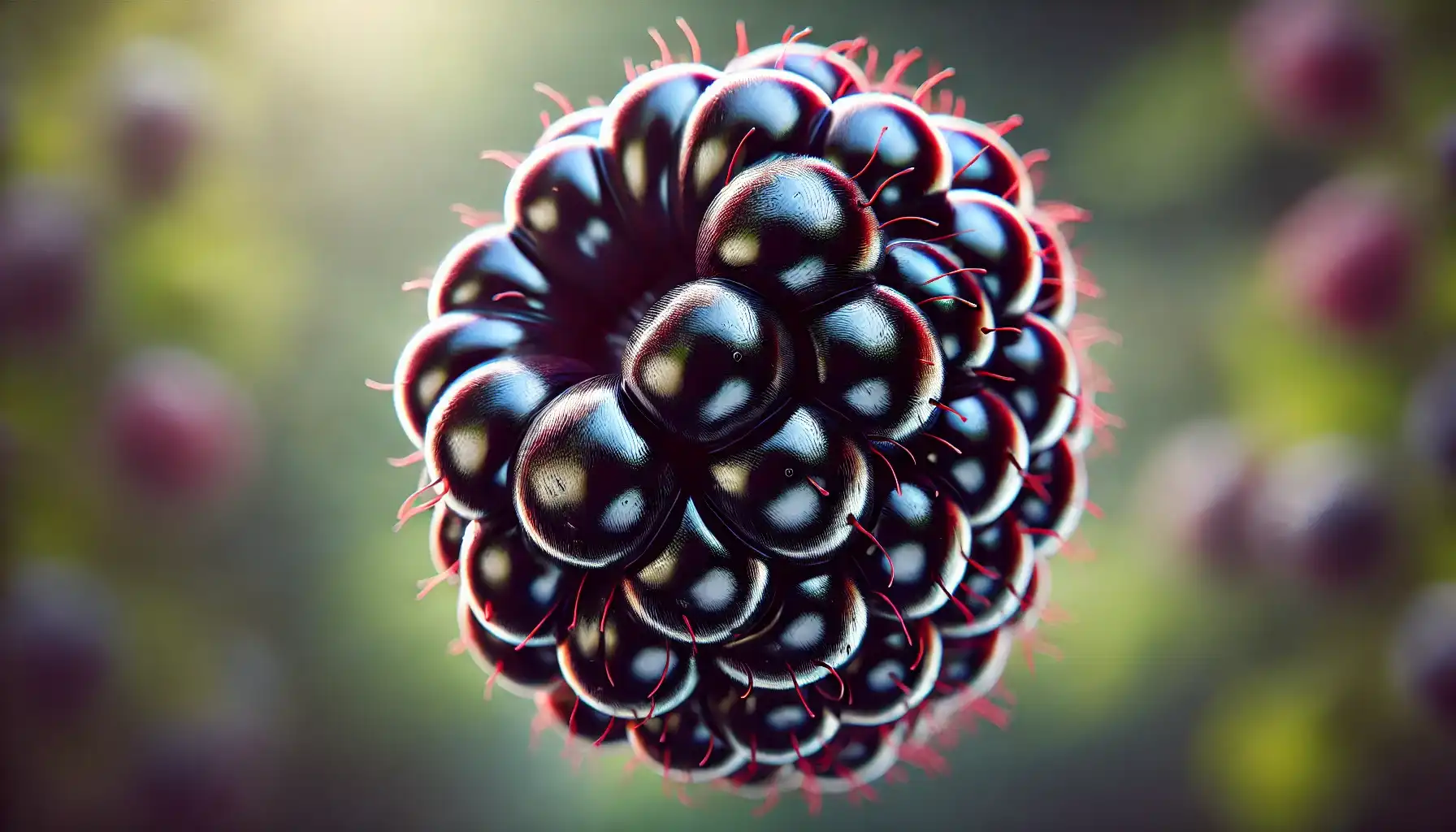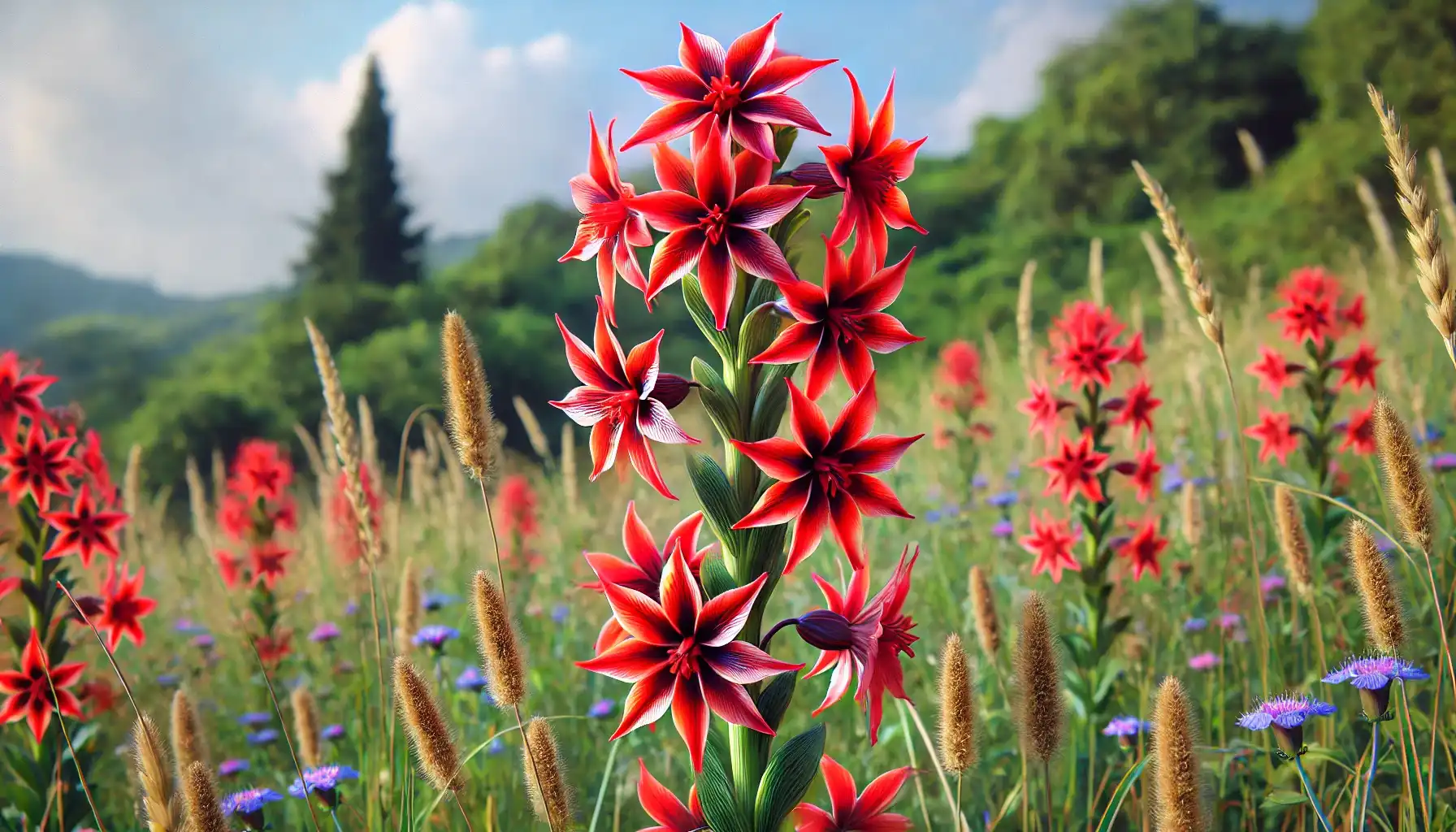Nature is a sophisticated space with so many peculiarities to offer that we could hardly imagine it in all its glory. Getting used to the floral creations, one may underestimate their importance and, what also matters, their beauty. Shrubs that globally decorate the environments represent a large group of plants that have their own features and functions like anything else.
Walking around the park, one may eventually wonder, “What shrub is this?”. For you not to get lost in the realm of plant exploration, we have prepared a short yet concise guide that can support you all along the way.
What Do We Mean by Shrubs?
Shrubs, also known as bushes by mistake, represent a category of woody plants of a relatively small size, when compared to trees, and their peculiar structure. While trees usually have a single main stem, i.e., a trunk, shrubs can boast multiple stems of equal importance. This is why most but not all the shrubs might be also called “bushes” which refers to the growth pattern only, for these are characterized by the dense appearance positioned close to the ground.
How Can We Identify Shrubs? Major Features and Tools
While plants may be divided into several groups, it is still important to know how to distinguish bushes from other species by appearance. First, let us take a look at the most prominent yet universal features of shrubs that can loudly tell us about the nature behind this or that plant species.
Growth Habit: As we have covered before, shrubs, unlike trees, typically have several woody stems that play equally significant roles in maintaining the vitality of a plant and promoting its density, too. A single, strong truck that supports the whole species, though, is absent.
Height: As a rule, shrubs remain the smaller relatives of their tree-friends, yet they may still range in height up to 10 meters (or 33 ft) and their density as well. Besides, the height of each shrub usually depends on its variety, growing conditions, and stage of development, for sure.
Leaf Structures: Although the leaves of the shrubs differ, according to the particular type and season, these floral creations all can be attributed to the broad-leaved plants with the densely packed arrangement.
Bark and Stems: Since shrubs do not normally possess a skeleton with the core stem at the center, they still need support, which is successfully granted via the abundance of woody stems in turn.
What bush is this? To identify a shrub, one may want to appeal to additional sources, such as field guides and botany books. Luckily, the industry may now present universal platforms with plant details and extensive databases, professional tips, and essential on-site tools like a water calculator, plant care reminders, and illuminance meters. With AI Plant Finder, for example, you are free to take pictures of plants right in the app and get instant identification with detailed info about the species.
By the way, the app keeps up with the modern trends in implementing AI technologies and offers its users immediate responses to any concerns they may get 24/7. No need to wait until the sun rises anymore.
The Main Types of Shrubs
Yet plant lovers do not usually categorize shrubs but refer to the specific plant species instead, botany science suggests several approaches to defining shrub groups. The first and foremost typology yet divides these plants into two major categories, i.e., deciduous and evergreen ones.
As such, deciduous shrubs lose their foliage annually in the fall or early winter, while their summers may witness lush green vegetation with constantly emerging leaves. Examples may include Hydrangea, Burning Bushes, and Roses, too. On the contrary, evergreen shrubs, such as Boxwood and Rhododendron, do not shed their leaves and, thus, provide continuous greenery all year round.
As for the structural characteristics, the easiest way to differentiate shrubs is to refer to forms and leaf retention habits. These usually fall into rounded shrubs, spreading or groundcover species, upright and mounding varieties, and weeping types at last. Nonetheless, one may easily make up their own categorizing without any fear of being misunderstood.
What Is This Shrub Called? Shrubs to Cultivate in Your Garden
In the tapestry of various shrub solutions, one may get overwhelmed when trying to select the most magnificent, functionally valuable, yet appropriate plant for the environmental conditions of their yard. Here, we have collected the most popular shrubs to consider, each bearing its own distinct characteristics that are to make them ideal for various garden settings.
Boxwood
Surprisingly for us, plant lovers, most gardeners still miss the opportunity to grow the boxwood plant, i.e., an evergreen shrub, in their gardens. Used for hedges, borders, and other structural purposes, boxwood does not need much to thrive, namely well-drained soil, partial or full sunlight exposure, and consistent hydration on time.
Hydrangea
Vibrant clusters of flowers and dense yet fresh foliage may captivate, and this shrub serves its main function as an aesthetic regulator and rich attractor. So, what is this flowering shrub? Hydrangea may become a great plant companion, for it requires rich, moist soil, partial shade, and regular watering only. What else could we ask for?
Lilac
So as to add a fine aroma to the yard, you can always incorporate fragrant colorful shrubs and enjoy their beauty during the blooming season. Nevertheless, lilac is rather demanding, as it needs full sun, regular pruning, and fertilization for optimal flowering and proper development.
Butterfly Bush
Want to create a dramatic atmosphere in the garden? Opt for the butterfly bushes, known for their long, arching branches decorated with fragrant flower spikes of vibrant shades. For the plant to thrive efficiently and never suffer, ensure it is planted in well-drained soil with full sun exposure and deadheading practices available on the land.
Shrubs are like middle children; frequently forgotten, yet undeniably significant. These unique floral creations comprise both the beauty of the small flowerful plants and the strength of the magnificent trees.
Should you aspire to cultivate shrubs, whether for fencing or other functionally driven purposes, pay special attention to their typologies, growing needs, and distinctive features to ensure this plant is definitely yours.






